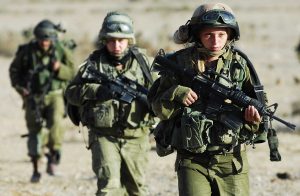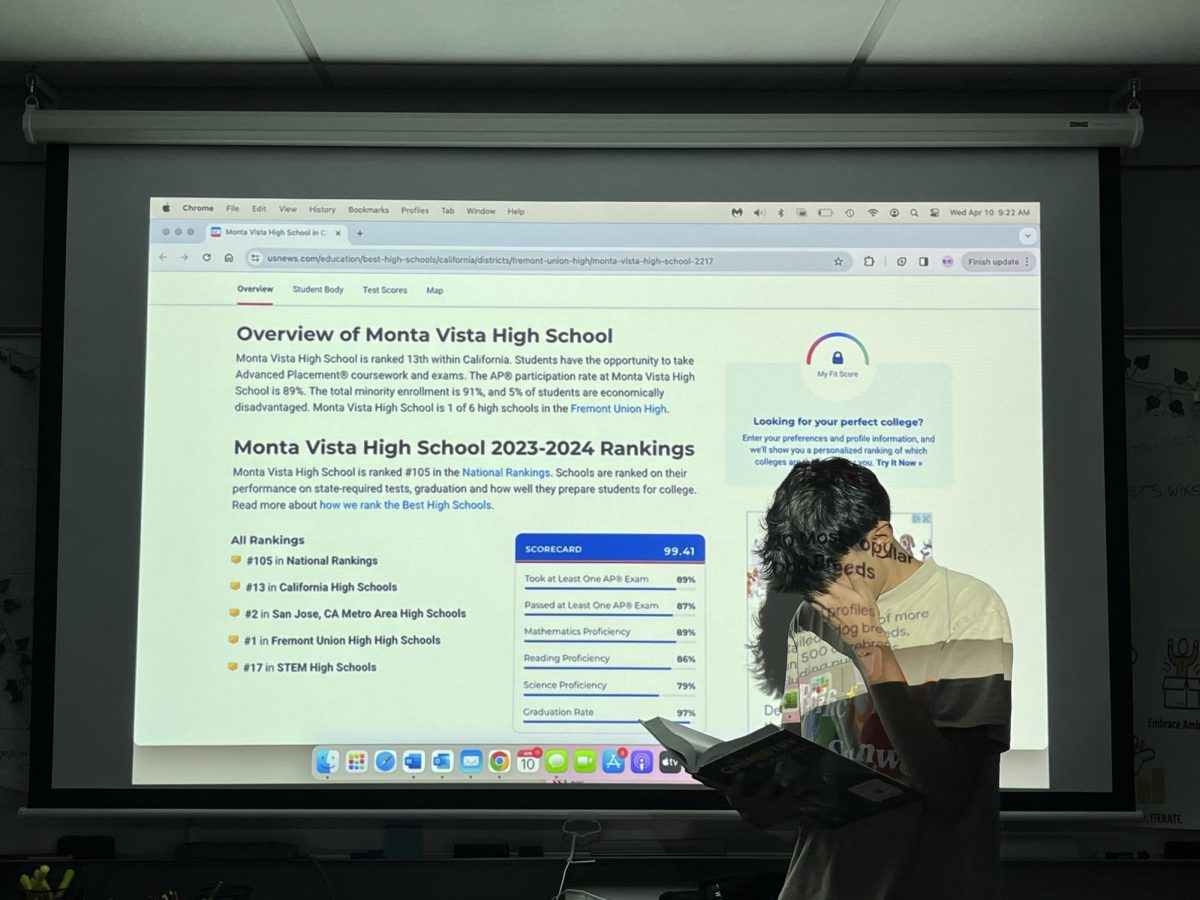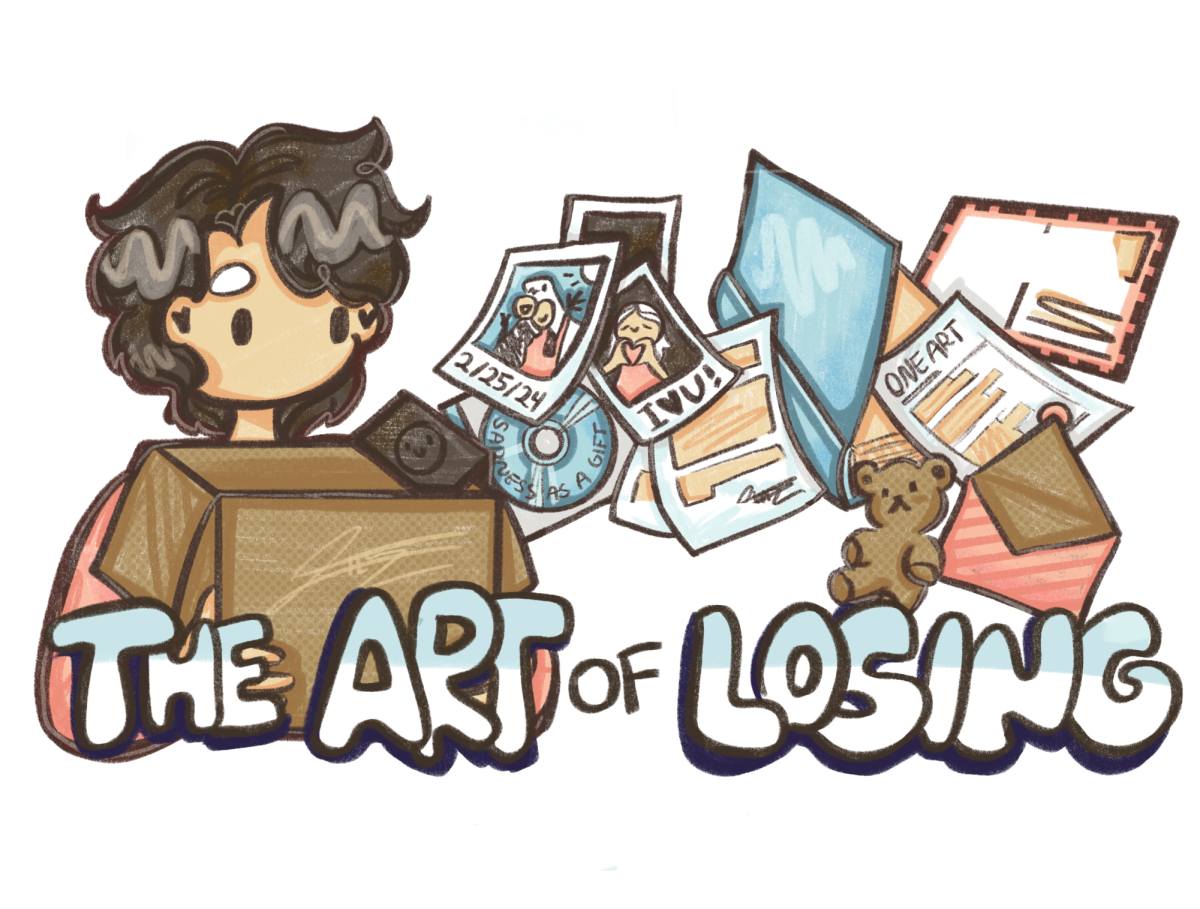Story co-written with Miloni Vora.
Gender equality is a heated topic that’s being heavily debated in all walks of life. When it comes to the draft, however, we don’t hear or see much about it. Mostly because the topic hasn’t been in the political limelight due to the draft’s lack of relevance today. But it’s definitely a topic worth discussing, with important arguments worth considering when contemplating the gender disparity surrounding the draft. We break down this topic to answer the fundamental question: What should women’s roles in the military be?

We must first address capabilities. Are women just as emotionally and physically capable as men? The simple answer is that men and women are not equal, because there are certain biological differences that prevent women from being able to perform in combat roles to the same standard as men. According to a study conducted by the Marine corps, mixed gender units were outperformed by all-male units and women were more physically vulnerable, as women suffered from a 40.5 percent musculoskeletal injury rate compared to 18.8 percent for men. But that doesn’t mean women cannot possibly reach the same level as men. Although only a small percentage of women so far have been able to reach similar physical standards as men, as concluded by the Marine Corps, these are the standards of above average, healthy males. Women can be trained to serve the same roles as men, and yes, it will require more time and energy but it is more beneficial to have well trained and healthy men and women, as opposed to having healthy and unhealthy men.

No one can serve in the military without a certain amount of training. But the women that are capable of reaching the same level of fitness as men in the same amount of time should participate in combat. And the men and women that are behind can have time to train and to reach the level of physical fitness required for members of military, allowing both men and women to participate in combat while bridging the physical gap.
Women have joined the military and have served, so we all know that they’re more than capable of serving. The dispute however, is not if they can serve, it’s if they should. If men are required, then why aren’t women? By only requiring men, we are setting standards and expectations for both genders — suggesting that women aren’t fit for combat, while men have more violent tendencies or stomach death and aggression easily. Society just cultivates these standards and norms.

If we require women to register for the draft, we could work toward redefining traditional values. And if we say that traditional values don’t exist anymore, then there shouldn’t be an issue with women being drafted. If women want equality for genders, then they can’t just choose when they want equal treatment to be applied to them. So consequently, to fulfill their goal of gender equality, women should be required to register for the draft. David Barno and Nora Bensahel in their Time article, “Now Women Should Register for the Draft,” endorse requiring women to enlist in the military on the basis that equal rights means equal responsibility.

“This exposure to battlefield risk and frontline danger is the ultimate test of what it means to serve the country—and American women should bear that responsibility every bit as much as American men,” Barno and Bensahel said.
That ensures equality and fairness, with no loopholes in the feminism movement. If women want equality, then they should accept the negatives as well as the positives. We fight for equal pay and equal opportunities, but just like we expect men to shoulder our traditional burdens, we have to shoulder theirs too.

We have to realize though, that as good as equality sounds, the military is not a place to experiment and champion for a social cause. Even finalizing a decision for women and the draft would require extensive research, so much that Obama’s administration has not even taken a stance on this topic. Philip Ewing of NPR analyzes the complications of requiring women to register for the draft.
“Lawmakers may hold hearings about the issue, but few members of Congress have shown no eagerness to tackle the issue, anxious about difficult symbolic votes on an unpopular issue in an election year,” Ewing said.

On the big picture, the United States hasn’t drafted anyone since 1973, which shows that we are debating mainly for ideological reasons, using equality and fairness as justifications. We can’t know what is right or wrong—we can only hypothesize. But to the core of the argument on both sides, it’s about what’s best to serve our nation and respect women and men, all while providing equal opportunity. On Dec. 3, 2015, the Pentagon announced that women could participate in all combat roles with no exceptions, reversing the 1994 ban on women in combat. So theoretically, equal opportunity has been established, at least for binary people. But we need to recognize the difference between equal opportunity and equal results, that the first doesn’t guarantee the latter.

As of now, there is no clear answer to this debate—we don’t have enough information, and the issue doesn’t pose immediate concern because the draft itself is practically outdated for its irrelevance to today’s society. With the recent uplifting of the ban on women serving in all combat positions, we’re still adapting to women serving in the same roles as men. With that, society has an opportunity to evaluate traditional gender roles, to possibly alter what it means to serve in the military.




















